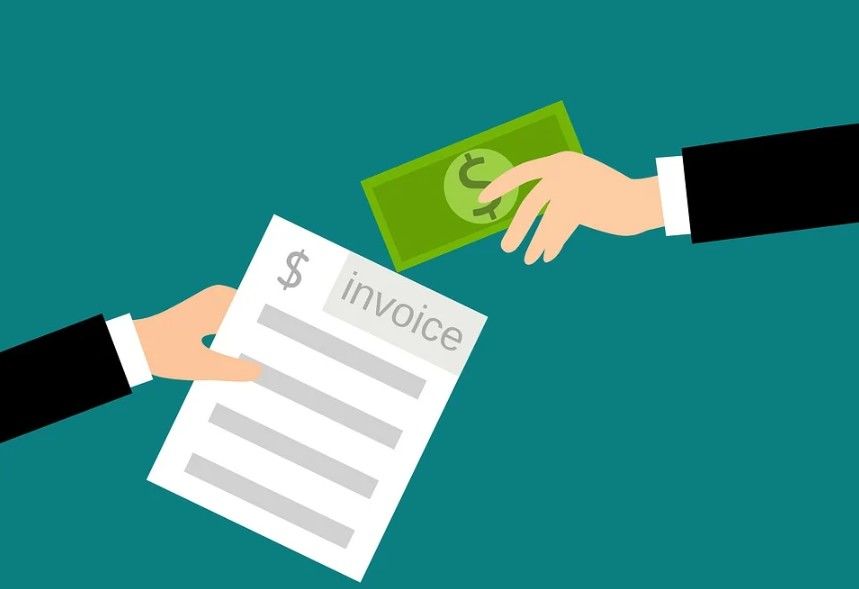Numerous independent companies think that it’s extreme to get to credit when they need a speedy mixture of money. Overdrafts can be costly and bank credits accompany a wide range of cumbersome agreements and capability rules. Another alternative is debt or invoice factoring. With this sort of financing, you sell your records receivable at a rebate to get quick access to money.
Invoice factoring is a route for organizations to finance income by offering their invoices to an outsider (a factor, or factoring organization) at a rebate. Invoice factoring can be given by autonomous account suppliers, or by banks.
The business customer goes into a concurrence with the factoring organization whereby the organization will deal with their business record and credit control on a progressing reason for a fixed period (the term of the factoring contract, commonly two years).
Consequently, the factoring organization progresses a few supports forthright when the business customer sends an invoice to a client commonly 70-85%.
At the point when the end client comes to pay, the factoring organization gathers the debt and makes the rest of the parity accessible to the business customer, less their expenses.
For an expense, invoice factoring organizations can open support tied up in unpaid invoices so your business gets assets without trusting that clients will pay. This makes income for the executives simpler for the organizations that utilize factoring. Most factoring suppliers will oversee credit control, as well, implying that the business no longer needs to pursue clients for invoice installment – something that can spare a ton of administrator time.
Debt factoring is the way toward selling your unpaid client invoices, known as records receivable, to a debt factoring supplier or “factor.” The factor currently possesses the debt and pursues installment from the client. Commonly, you get around 80 percent of the invoice esteem nearly when you present the invoices for factoring. When the client settles up, the debt factoring organization will give you the remaining 20 percent of the invoice less than their supplier’s expense.
Most business invoices depend on net-30, 60, or even 90-day terms, which implies it will be half a month before you’re paid for the work you have finished. And still, after all that, not all clients will take care of their tabs on schedule and some won’t pay by any means. Debt factoring guarantees the installment of the invoice a lot of sooner, which lessens the money cycle for the business. This is uplifting news on the off chance that you desperately need to take care of tabs, purchase supplies, or fix a significant bit of hardware.
Factors regularly charge an expense known as a rebate rate, in the scope of 0.5 percent to 5 percent of the invoice esteem every month. The markdown rate is charged week by week or month to month, so the more it takes your client to pay, the higher the all-out factoring cost. A few organizations think that it’s supportive to decipher the factor’s markdown rate to an Annual Percentage Rate, which you can undoubtedly do using an online APR number cruncher. In all cases, factoring rates are impressively higher than the rate you’d get for a standard mortgage – 28-to-60 percent APR for debt financing versus 7-percent APR for long haul financing. The APR may not recount to the entire story, be that as it may. Since you’re getting cash for such a brief period, the real expense of obtaining might be moderately little.

